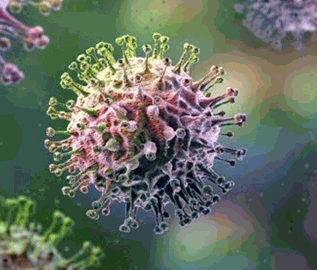Recently the emergence of new viruses such as SARS, Ebola, West Nile, influenza H5N1 and most importantly Coronavirus have been a source concern, especially for medical professionals and scientists. It is important to promptly detect and monitor these emerging pathogens because in some cases a medicinal cure is only effective in the first few days that the patient has been infected. For example, in case of influenza, the rapid detection is very important because anti-viral medication such as Oseltamivir, is only effective within the first 48 hours of contracting the disease (Reference 1).
lu virus typically is in the form of a sphere made of RNA which is a polynucleotide with Protein spikes. Figure 1 shows the flu virus.
The protein spikes attach themselves to the cell through an enzyme in the cell called ACE-2 receptor and infects it.
There are different types of influenza viruses that can affect humans and can be classified in type A, B and C. Type A is most dangerous because it can cause pandemic and can be transmitted from animals to humans are in other words are zoonotic. Type A flu virus can use swine, birds, horses, bats and dogs as a host and through close contact transmit the virus to humans.
As mentioned, early detection is a key factor to treat the types of viral infections which have a cure and for those types that do not have a cure yet, to be able to isolate the patient to prevent the spread of the disease is very important. Conventional methods of detecting the virus are analytic techniques such as Polymerase Chain Reaction (PCR) are not fast enough and are also costly. Near-IR method is a fast, non-invasive, non-destructive, inexpensive method that does not require sample preparation and reagents. It is known that certain compounds that exist in the tissues in fact show absorption in the near-IR region (780-2500 nm). For example, water,
melanin and bilirubin are compounds that can absorb sufficient near-IR radiation to be detected in a transmission measurement. Absorption of near-IR radiation by the flu viruses which contains these compounds is a way to detect them but lot of statistical analysis and use of chemometrics is required. Figure 2 shows the scenario.
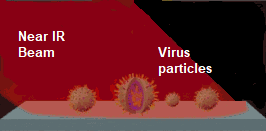
Figure 2: Near IR absorbed by virus particles
For detection of flu virus using near-IR spectrometers, nasal fluids can be extracted from candidate patients and sufficiently diluted with water (Reference 2). The liquid is then poured into a cuvette and a transmission geometry is used to measure the absorption of near IR beam.
Chemometrics analysis is then followed to determine if the candidate has flu or not.
Another emerging issue is the global spread of viruses through insect bites or the so called arboviruses (Reference 3). There were 1.6 million cases of ZIKA virus reported in Brazil from January 2015 to November 2016. The conventional methods of mosquito screening are time consuming and expensive and are not affordable by low income countries. Figure 3 shows a mosquito called Aedes Aegypti mosquito
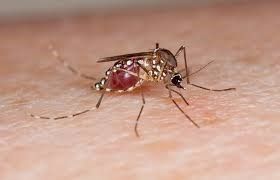
Figure 3: Aedes Aegypti virus that carries ZIKA Virus
Routine pathogen monitoring in mosquitoes requires testing thousands of mosquitoes each month to identify hotspots. Therefore, there is a need for a rapid and affordable test method for pathogen detection in mosquitoes. Near-IR is the ideal technique for doing so and even non- skilled technicians can carry out the tests. The near-IR spectrum is collected by placing the mosquitoes on their side on a highly diffuse surface such as spectralon and collecting the spectra from their thorax and head region (Reference 3).
In one study, two groups of mosquitoes were chosen; one set was infected and was verified by PCR analytical method and the other set was not infected. Chemoemtrics methods were used to distinguish between the two sets and the results were quite conclusive. Figure 4 shows the difference in spectra between the virus carrying and the non-virus carrying mosquitoes and some wavelengths of importance from the chemometrics analysis
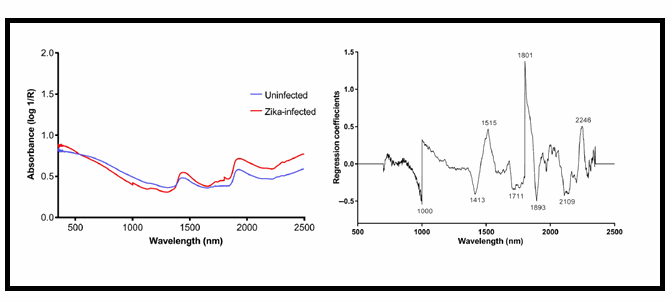
Figure 4: Near-IR measurement and chemometrics analysis of ZIKA virus carrying mosquitoes
It took 50 minutes to process 100 mosquitoes for this study but the analytical technique called PCR took two full days (900 minutes) to achieve the same.
Allied Scientific Pro offers potable near IR spectrometers called Nirvascan that are suitable for these types of measurement. Figure 5 shows the reflectance model that is suitable for mosquito measurements and the transmission model that is used for liquids and can be used for detection of flu virus from nasal fluids
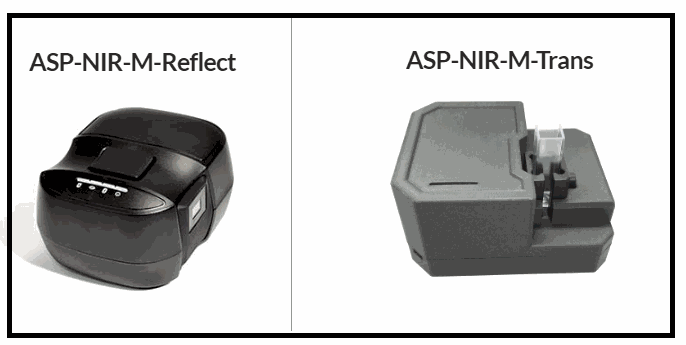
Figure 5: Near-IR spectrometers offered by Allied Scientific Pro
Using these spectrometers, Near-IR measurements can be collected in a matter of seconds and rapid identification of the virus can be achieved. For more information about the Nirvascan spectrometer can be found in the following link. https://nirvascan.alliedscientificpro . com/
References:
1- Near IR spectrcopy: Promising diagnostic toll for viral infections, Akikazo Saduko et al, biochemical research communication, April 2006.
2- Discrimination of Influenza virus infected nasal fluid by VIS/NIR spectroscopy, Akikako Saduko et al, Clinica Chimica Acta, 414, 2012.
3- Rapid non-invasive detection of ZIKA virus in Aedes Aegypti mosquitoes by near infrared spectroscopy, Jill Fernandes et al, Science advances 2018 (4).
